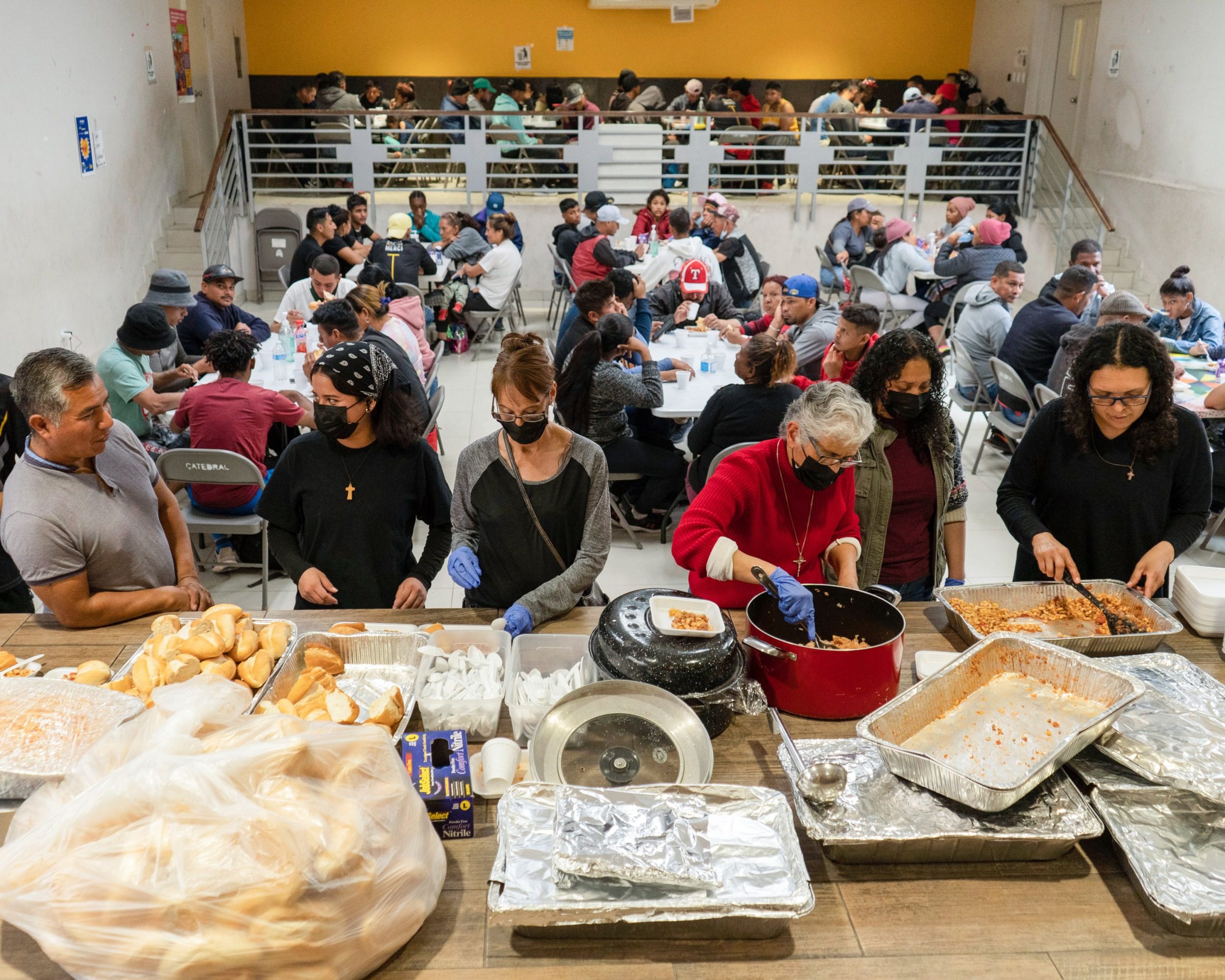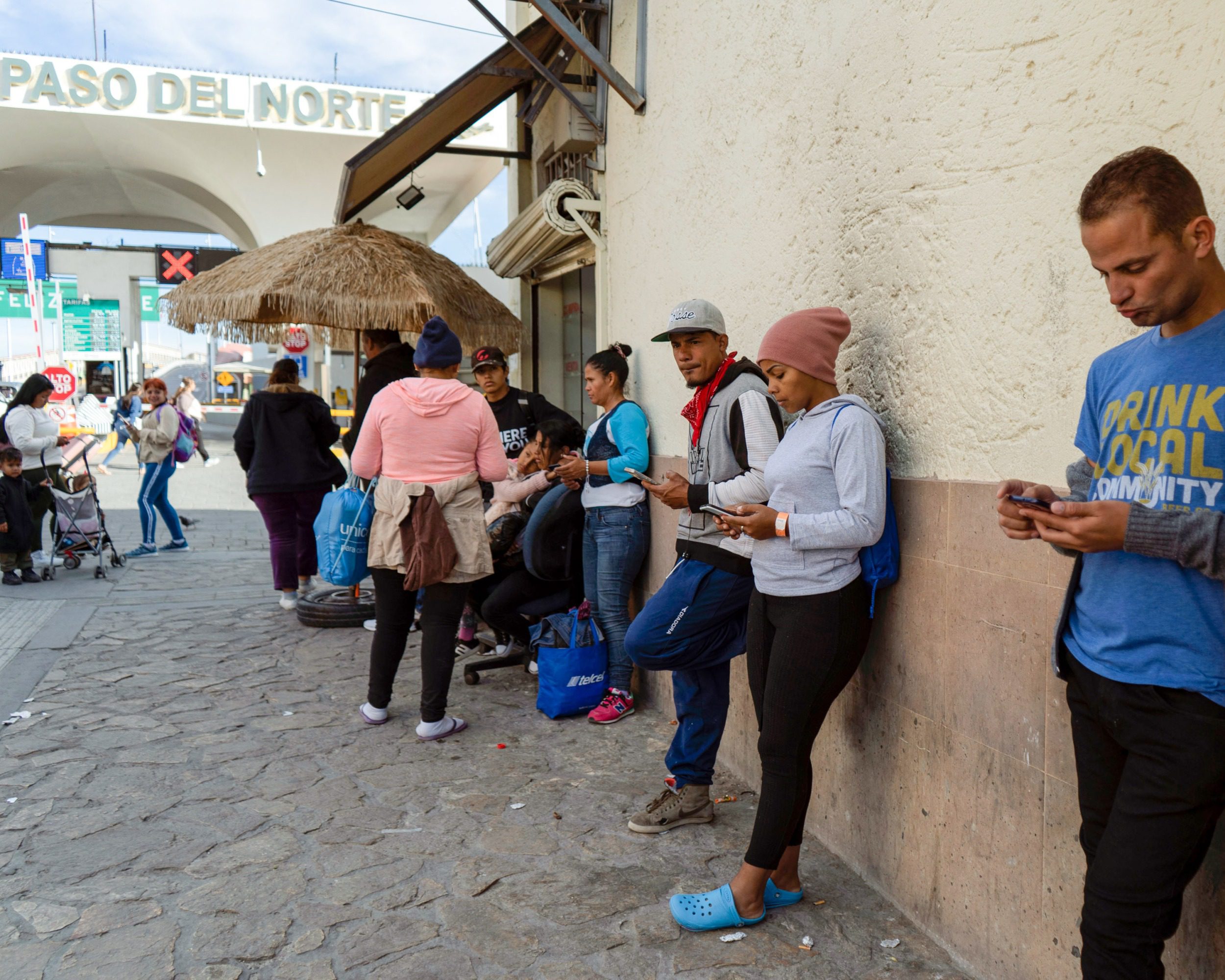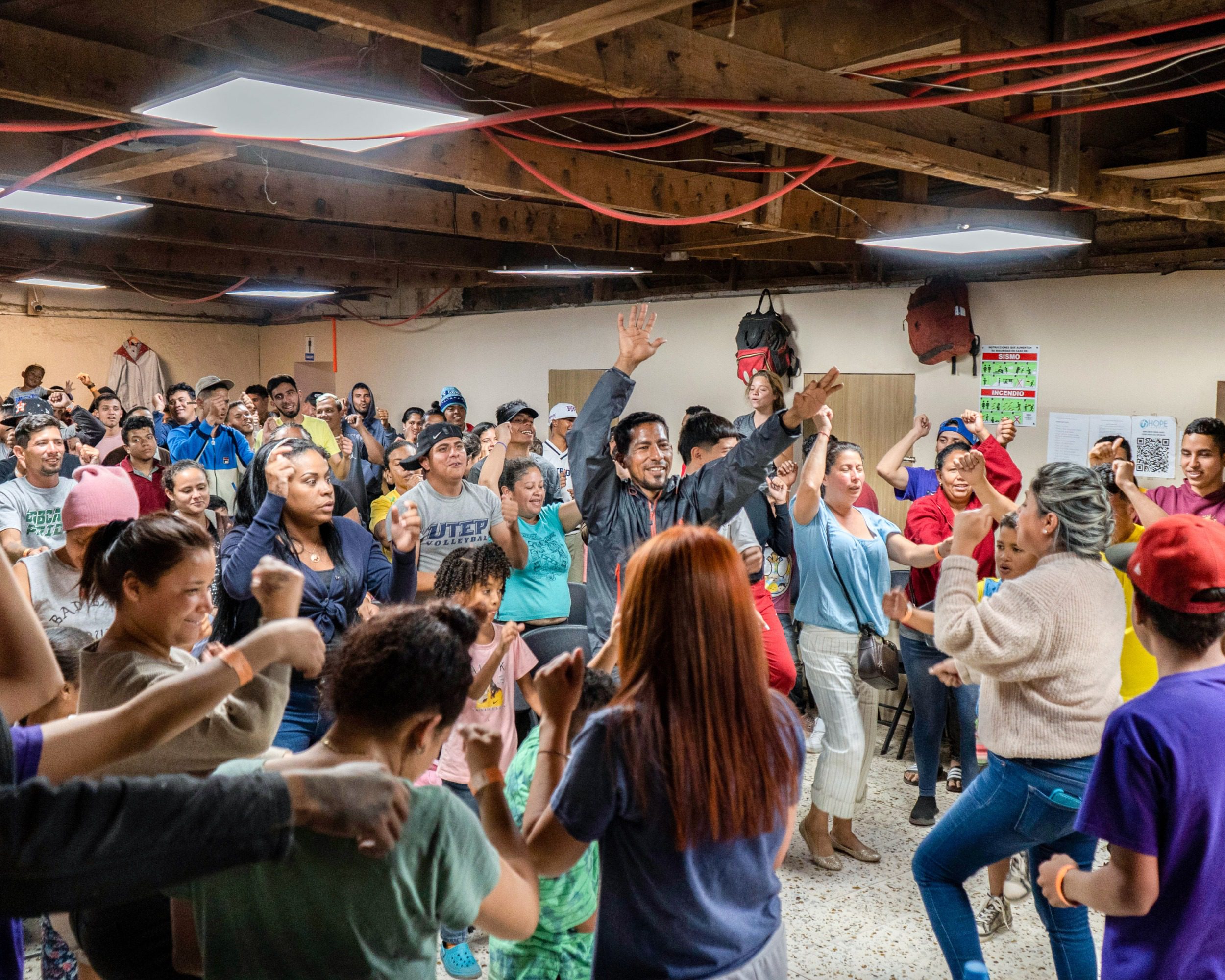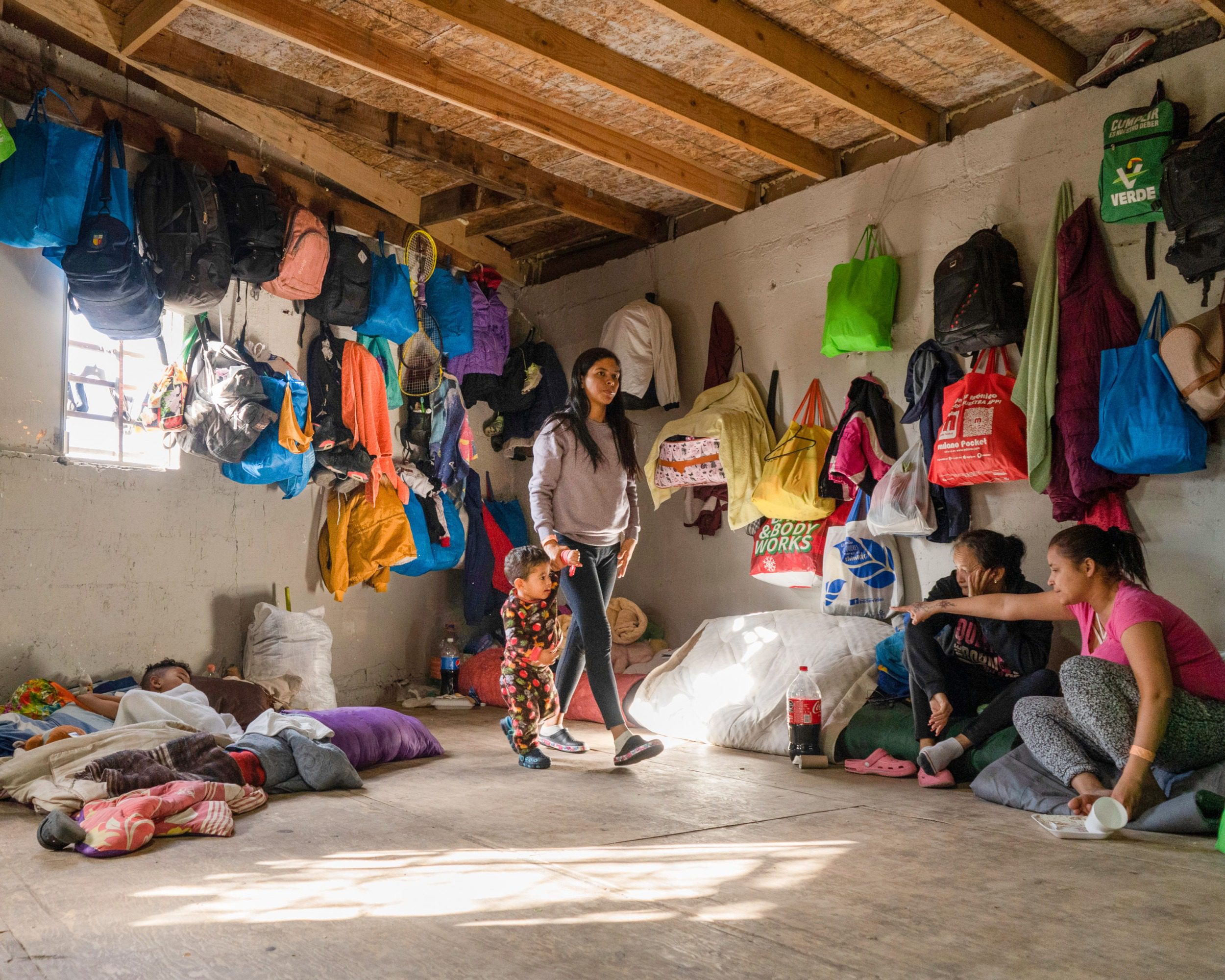From securing a hybrid workforce to building pipelines for ever-increasing data streams and keeping multiple mission-critical systems up and running, the modern IT department faces numerous pressures. As director of IT for the packaged food company Conagra, Amit Khot is optimistic about the ways modern technology solutions and infrastructure can enable businesses to thrive and innovate.
Khot describes the power of advanced data analytics to both improve a company’s understanding of its customers and to optimize its operations. The ability to combine internal company data with data collected from social media and at point of sale will enable savvy companies to recognize new patterns. These advanced analytics, he says, will go beyond answering standard questions about financials and historical performance to provide insight into more complex questions about customers’ thoughts and changing preferences.
Meanwhile, these same data tools can also be used to fine-tune daily business operations, pinpointing issues with order fulfillment, improving long-range supply-and-demand forecasting, and digitizing manufacturing plant processes. Koht explains, “Planning is looking into the future, depending upon your past historical data, as to what your future demand and supply should look like. We have gone through a journey to modernize our planning platforms.”
A modern enterprise resource planning (ERP) system is also a must for a distributed organization like Conagra. A single connected ERP system can manage and provide visibility into business processes that involve multiple divisions or departments. By doing so, a modern ERP can also ease highly complex processes, such as the technology integration of a newly acquired company.
Says Khot, “having a single view of finance, having a single view of the supply chain as early and as fast as possible, is one of the most important things that can help us get synergies out of the business as fast as possible.”
This episode of Business Lab is produced in partnership with Infosys Cobalt.
FULL TRANSCRIPT
Laurel Ruma: From MIT Technology Review, I’m Laurel Ruma and this is Business Lab, the show that helps business leaders make sense of new technologies coming out of the lab and into the marketplace.
Our topic today is technological evolution. Companies, whether they’re regional or global, startup or legacy, need to be able to quickly deploy technologies as markets and supply chains shift and change. While many worries may keep executives up at night, building modern systems, and adopting the right technologies to better understand data will help those executives and companies gain efficiencies and provide an excellent customer experience.
Two words for you: meeting demand.
My guest is Amit Khot, Director of IT for Conagra. Welcome, Amit.
This episode of Business Lab is produced in partnership with Infosys Cobalt.
Amit Khot: Hello, nice to meet you.
Laurel: Great to have you here. So just a little background in case folks aren’t familiar with Conagra as a consumer packaged goods company that has been around for more than 100 years. Conagra produces products like Birds Eye, Healthy Choice, and Slim Jim; various foods that you can find in supermarkets and in restaurants around the world. You have been with Conagra now for 23 years. How has your role evolved as a company and technology has transformed?
Amit: Absolutely. I started with Conagra, as you said, 23 years ago and I started as a program analyst with the company. Again, 23 years ago is a long time. Program analyst starting from that point and then I evolved into implementing our SAP ecosystem. That is what I started doing in the early 2000s. As time evolved, in the early 2010s, we started with a lot of mergers and acquisitions of businesses similar to ours. And as we started doing that, I played a role in doing due diligence for those businesses from an IT perspective. In addition to that, I also then helped integrate those companies within Conagra or Conagra Enterprise.
In 2015 or so, we then did some divestitures and spins during that time, and I played a role in doing our program rating, an entire spinoff that we did for one of our major potato businesses, and I played the role of program director for that.
During the same time, what we did is we went through an SG&A [selling, general, and administrative expense] reduction program, and I worked with some of our consulting businesses to come up with an analysis to say how much we spend on our production support. And that is the time when we actually contracted with Infosys to help us do the production support as part of aligning with the rest of the industry, where most of the industries were getting production support done by an outsourcing partner.
I helped with that and right after that happened I had an opportunity to lead our SAP and integration platform. I did that and finally I ended up being in a role that I’m in right now, where I do enterprise architecture for applications on various value streams. That includes supply chain, manufacturing, finance, our global business systems, as well as platforms and integration.
That’s my role currently, and that has been my journey for the last 23 years. A long time.
Laurel: Well, certainly a long history of the company and how it evolved as well. But more recently, what kind of digital transformation has Conagra gone through in these recent years, and how do you approach these shifts and changes from an IT perspective?
Amit: I think that’s a great question. Digital transformation has many meanings. I mean [sometimes], you do something which is really transformative. In other cases, you keep up with modernizing your technologies. One of the major initiatives that I helped design and lead initially was our S4 implementation. I helped with coming up with the design for our S4, which is what we call our ERP [enterprise resource planning] modernization program. And now I help that program with providing subject matter expertise across the various aspects of how a modern ERP should look. That is one of the programs that we are going through right now.
One of the other transformation journeys that, as a company, we have gone through is planning transformation. Planning is looking into the future, depending upon your past historical data, as to what your future demand and supply should look like. We have gone through a journey to modernize our planning platforms. It’s one of the other things that we have done.
In addition to that, we are currently marching on a journey now to modernize and digitize our manufacturing. A large initiative. You might know that we have multiple plants and manufacturing locations and co-packers. Digitizing can ensure that we get the most efficiencies out of our platforms. So that is underway.
And last but not the least, I will say that we have started getting pretty good maturity and understanding on various cloud services or cloud platforms in general. And as such, we have started maturing in cloud platforms like Azure services or SAP’s BTP [Business Technology Platform] and such. Those are some of the key initiatives that we have gone through to digitally transform our business and there are a lot of things that we plan on doing in the future.
Laurel: I think it was particularly important that you mentioned that your role encompasses so many different parts of the company, because supply chain is certainly one of those important ones, and you have to think of systems from end to end. So how did the covid-19 pandemic affect Conagra as people worked from home and started to shop online and do that more and more? Did this shift intensify adoption of specific technologies within the company?
Amit: What we didn’t do is we didn’t create a different strategy just to attack the covid pandemic. We had a lot of strategies built. I think one of the most important things that we had to do during the covid pandemic was keeping the system stable. Keeping the system stable is not a trivial task. I mean, if you look at our application and platform portfolios, it’s pretty large. Keeping everything up and running so that we can actually fulfill the customer’s demand is a big deal, and to keep them going, I think that was one of the most important things that we did during the pandemic.
The next thing I would say is that we were premature in using our collaborative platform and collaboration technologies, like Office 365 and Webex, even before covid hit us. I would say that with the pandemic and everybody going remote, one of the most important things that we did is that we added more resiliency to some of those platforms. And our usage of that platform spiked to such an extent that that was almost a call that we failed. I mean, how much collaboration people did during that time using the technology. There were a lot of times before that, where people used to be in the rooms and in conference rooms doing whiteboarding and such, and delivering projects, being in one place, but with covid, I think people were leveraging a lot of these collaborative technologies to be able to get there.
I would say the third thing that we did is, covid opened our eyes to how we changed our way of working. Before, we used to be delivering a lot of our solutions using waterfall methodologies. They used to be very long and they used to take up a lot of time, and we would not be able to figure out until the end whether we are going to be succeeding with some of the projects or not. We then adopted continuous delivery as a way to deliver work. And that spiked up the use of tools like JIRA quite a bit. But that was started during the covid time and we continue to use that more and more.
And lastly, I would say that we had to do analysis on our data to figure out how we can, as I said before, how do we keep our system stable. But then also analyzing how do we fulfill the demand, and, as such, what are some of our pain points? And we used some of the cloud platforms and cloud services to do some quick analysis to be able to fulfill our shipments. Those are the few things that we did and learned and adopted during the covid-19 pandemic.
Laurel: And that’s certainly important to be able to actually see that data in real-time to help your customers. How do you think adopting cloud and using more data technologies will help your customer experience improve?
Amit: I think one of the most important things in our business is to have a 360-degree view of customers. I mean, it’s pretty vital, right? As you might know, our business is a very customer-focused business. For us, large retailers are typically our customers. Our consumer is one step removed from us. What the technological advancement helps us now do, is, today, most of the information that we create as we do the business, resides within our four walls. As the social media platforms and such have become prominent, what is really important to us is being able to have the data that is inside of our four walls, mash that up with the data that is coming from the social media platforms, plus the point of sale data, all those things.
When you mash all these things together, I think it provides us pretty decent consumer insights. These consumer insights, ultimately, lead us to a lot of product innovation. You might have seen our CEO talk about that. We have created a pretty decent new innovation pipeline during the last few years. And I think the digital technology and the technology that exists out there has definitely provided us with, I would say, a lot of capabilities to be able to innovate faster.
The next thing I would say is the innovation side of the business is one side of the world, but the other side is then being able to fulfill the shipments on time and in full. If you look at it, there are a lot of customers of ours who want most of our shipments to be on time and in full. And if that doesn’t happen, we end up paying fines. Some of these digital technologies help us pinpoint where our issues are and what we should be doing differently to be able to fulfill our shipments on time and in full. That is another thing that we have gotten better at, and it’s just based upon the improvement of technology.
Better planning. Better planning is equal to being able to predict the demands of our consumers and customers and how that then leads to us to be able to plan out some of the long-term horizons of supply. How do we do that from the long-term to the medium-term to the short-term. Those are the things that we have been able to do as a part of delivering some of our planning projects. That is based upon some of the modern technology that exists out there.
And lastly, I would say the shop floor agility in general. With us investing in digital manufacturing, I would say that technology has definitely enabled us to be able to deliver digitization within manufacturing that has increased the shop floor agility. And I would say that that is going to be a long journey for us, but we are marching towards the results where we will be a lot more agile on the shop floor than we have ever been before.
Laurel: And that’s so important when there are just more challenges thrown your way and also all these opportunities with such fantastic technology as well. And you mentioned this earlier, but why does Conagra need an enterprise resource planning system, and how does it partner with companies like Infosys to stay on that cutting edge of technology to make sure you can answer all of these challenges?
Amit: Yeah, that’s a great question. I mean, as I mentioned before, we have numerous plants, numerous customers, and numerous business partners that we work with. Once you have a lot of these, the impact and the business processes that cross doing these businesses, that crosses HR, that crosses supply chain, that crosses manufacturing. There are customer-facing business processes that exist. And if you look at all these processes that exist within any business like we have, which is basically a consumer foods business, what ends up happening is that if you do not have a combined view of your business at one place, it becomes an extremely hard proposition. Just doing simple business can become really hard. So it is really important for us to have a connected system, a connected view of business processes, and to enable something like that.
ERPs play a very important role. As I said during your first question, when you asked me, “what was your journey?” We started our journey of implementing SAP as an ERP in the early 2000s. One of the prime reasons for doing that is exactly to solve the problem that I just talked about: how do we get a consolidated view of our entire business cycle? And that is what ERP helps us deliver.
Now, ERP doesn’t just give you the stack of your business, but it also then gives you an ability to do analysis of the data that is in your system, and then create transformations that you wouldn’t do before, if all the systems in this business process were independent and isolated.
So that is one of the big reasons why ERPs play such an important role in business like ours, and I would say that that is the case with most of the industry that we are in. Now when it comes to help from partners like Infosys to create the innovation, I would say it is a two-part answer. One of the first things is that ERPs have become so important in just running our business that having a stable system is one of the most important things that typically many of the IT functions deliver. To keep ourselves stable, partners like Infosys that help us manage our production and production support, they play an important aspect and role in making sure that the systems are stable and current from a technology perspective. That’s one aspect of it.
Another thing that Infosys, and partners like Infosys, are helping us just do the production support. That frees up capacity of our subject matter experts to be able to then look at different solutions to solve the new business problems that pop up for us. That frees up the capacity for them to be able to do different things. That’s number two.
Number three is that the companies like Infosys, and other business partners that we have, have a lot of customers just like us and even customers that are not in the same industry as us. What they hear, the business problems they hear from these other businesses and other customers that they have, that gives them an advantage in insights that we as Conagra by ourselves won’t be able to get. Because everybody has a different problem that they’re trying to solve. And if Infosys has that insight, they can provide us a great external point of view to be able to then solve some of the business problems that we have, which could be similar to what somebody else might have seen.
And that just helps us solve these business problems faster. And this is an external point of view from a customer-centric perspective, but at the same time, with the scale and the number of partners that Infosys deals with, especially from the supplier side of the world, there are technologies that Infosys has reached which we do not have reach of. Partners like Infosys can even bring some of these advanced technologies that exist out there and provide us and guide us in. I believe that there lies a huge opportunity for companies like that to help us bring these new technologies and platforms to be able to help us solve some of the business problems that we have today—and probably solve and provide us insights into some of the business problems that might be coming to us that we have not thought about.
Laurel: That’s a great point about the partnership with Infosys, and in general, how you actually bring the data and predictive analytics to your capabilities because you do have so much data coming in from fifty different brands, countless vendors, all those customers. How can this be maximized to gain those insights?
Amit: Yeah, that’s a great question. And just as you said, many brands and countless business partners and customers. We generate terabytes of data every year, and that data typically lies in our four walls. I mean, just in our ERPs and our business warehouse systems. And based upon that data, I think most of the industries like us have gotten really good at doing traditional analytics. Traditional analytics is equal to, how are our financials looking? What is the performance of a certain brand depending upon the historical data? And so on and so forth. I mean, that is the traditional analytics that we have gotten really good at. What becomes important now that you have gotten good traditional analytics is, what do you not know yet? What are those gems within your existing data that you have not taken advantage of?
Some of these newer technologies and platforms, what they have started helping us do, and probably they’ll keep on helping us do, is being able to glean into our data and start pointing to what is it that we are not looking at. I mean, what we know is always great, but those unknowns that we have not actually gleaned into is what some of these technologies that are coming forward are going to be able to help us look at. That’s one aspect of the world.
Now, the second aspect of the world is, as I said, the data exists just within our four walls. But as I said before, that social media data, that point of sale data, the data that doesn’t exist within our four walls, I think that has a different kind of insight and power.
Now, think about the fact that you are able to mash up the data which is from these external sources and the data that you have inside, and then think about some of the data that you generate just because you have consumers that are calling into your consumer affairs division. You take all this data mashed up together, and I think you can create analytics that we were never able to produce before. And I think that is a power of what we get from just mashing all this data, and matching all this data together, and we can maximize a lot of insights.
And then once you have that mashup happen, I think the predictions are different. In the sense that many times our existing forecasting solutions typically are very much dependent upon historical data to be able to do predictions on our supply and demand. They’re doing predictions like that. However, with the external data being mastered, I think it goes beyond that. I think it also starts giving us an insight into what the consumers are thinking, what the customers are thinking, how their tastes and choices are changing. I think that is the next forefront for us from a predictability perspective. And I think that the new technologies and platforms are going to help us do that yet better.
Laurel: So this is a good point. We have this data and you need to make some really great decisions from it, but you also need to really assess those analytics, make predictions in the future, but also make sure your entire systems are running correctly end to end. How, then, can cloud applications coupled with this need and progress of your digital transformation journey help with a tactic like mergers and acquisitions that you mentioned earlier was part of your career? How has that specifically been one of those things that helps the company actually create efficiencies and really see technology as a partner?
Amit: Yeah, absolutely. That’s a great question. One of the key reasons for acquisitions is that we can actually take advantage of the synergies that we can get. This is almost one plus one equal to three. That’s number one. Number two is, then on top of the synergies, the innovation pipeline, let’s say, the acquired company has and the experience that we have. When you combine those two together, I think we can create innovation at scale.
That is two of the key reasons why we can go on and acquire a company. And when we do that, I think one of the most important aspects of that is then to take that acquired company and then basically integrate that company within our business processes. I would say that is a key activity that you have to partake in when you acquire a company.
As we have gone through some of these digitalization journeys, as I said, we are pretty experienced with integrating some of these acquired companies into our enterprise, our systems, as well as in business processes. But that journey typically is not trivial. I mean, it takes a long time to integrate and acquire a company into our business processes. As we go through that journey, many times, being able to gain the insights of the business as quickly as possible is one of the key aspects of it because that starts getting you the returns on an acquisition much faster.
To be able to do that, I think having a single view of finance, having a single view of the supply chain as early and as fast as possible, is one of the most important things. Having a technology—or I would say a single pane of glass—that sits right on top of our platforms and also on top of the acquired business’ platform and us being able to look at a consolidated data view of both the data sets together is one of the most important things that can help us get synergies out of this business as fast as possible.That’s one aspect of it.
The second aspect is with us having invested in some of the SaaS [software-as-a-service] solutions or SaaS applications, what ends up happening when you have the SaaS applications is that we end up not customizing these applications in a way that the industry looks at them. As a matter of fact, when you have an HR application, it is very standard and industry standard. Now when you acquire a business, if our business processes are pretty similar to each other, and if you have a SaaS solution and if they also use a SaaS solution, to integrate that certain business process onto our business processes becomes a lot easier. There is another aspect of why the new technology and the cloud platforms can be really helpful.
And last but not least is, the moment you acquire a company, you also get a lot of business systems and applications that the acquired company had been using to run their businesses. As we integrate the acquired company onto us, what is important is to reduce that technical debt as fast as possible. Because the technical debt that we acquired has license costs, it has legal costs to it, it has data costs to it, and it has IT costs to it. If you look at them, the faster we get out of them, the better off we are. I mean, our aspect becomes simpler. And what we end up doing many times is we archive the data from the systems onto some of these cloud platforms and cloud services, and then are able to look at that from a historical perspective that helps us decommission this technical debt as fast as possible.
Laurel: Well, we’ve certainly covered quite a bit of the current state of how you’re looking at technology. What are you thinking about for the future? How are you seeing technology innovation really helping in the next three to five years?
Amit: That’s a great question. I will say that AI, even though it’s a buzzword, I think that it is a technology that does seem like it has a pretty great future even for us. Let me give you an example. As I said before, we journal terabytes of data within our four walls, just based upon doing business as usual. Now, there are so many things, as I said, gems that exist within our data set today. As humans, sometimes it is very hard to glean out what those gems are. I truly feel that the technology that exists and that is going to be coming out can look inside our data sets and be able to provide insights as to what are the data sets that we probably have not thought about can be leveraged further to, as I said, find the gems. That’s one side of the world.
And the second side of the world is the unknowns, the predicting demand of the customers based upon the changing tastes and the demographics of our consumers, and then combining that data with the data that already exists within our system. I think that humans are going to take a long time to be able to get some insights, and AI definitely is going to be one of the key technologies that can help us get there faster. That’s number one.
Number two is training using augmented reality. While I think “meta” seems like one of the other buzzwords that is out there, I think AR can definitely be of huge benefit to us. Typically, people have different ways of learning. Let’s say that you put somebody in a plant, a new employee. As you know, retention is very hard nowadays. If you have new employees coming in all the time, to train them on our processes and our machinery, our methods of working, I think it is generally pretty hard. But now think about if you are able to train this new team member that we have coming in with the means of some kind of augmentation. I think that is going to be the next generation of training and I feel that that can be something really cool that can happen in the future.
Last but not the least, I would say machine learning, again, is used as a buzzword a lot, but in my mind, machine learning and putting the machine learning on some very small computers and then putting these computers in our manufacturing location where people are doing some of these mundane tasks day in and day out. The classic feedback control systems are not working efficiently, and there’s a human interaction needed. Where these tasks are performed, these mundane tasks are performed using humans. [But what if] we were able to introduce machine learning to be able to get rid of these mundane tasks that humans do and let them focus on more important things? I think machine learning in a box is going to be one of the other technologies that excites me.
Laurel: Excellent. Those are great insights Amit. Thank you very much for joining us today on the Business Lab.
Amit: Absolutely. Thank you for taking the time to talk to me.
Laurel: That was Amit Khot, Director of IT for Conagra Brands, who I spoke with from Cambridge, Massachusetts, the home of MIT and MIT Technology Review, overlooking the Charles River. That’s it for this episode of Business Lab. I’m your host, Laurel Ruma.
I’m the Global Director of Insights, the custom publishing division of MIT Technology Review. We were founded in 1899 at the Massachusetts Institute of Technology, and you can find us in print, on the web, and at events each year around the world. For more information about us and the show, please check out our website at TechnologyReview.com. This show is available wherever you get your podcasts. If you enjoyed this episode, we hope you’ll take a moment to rate and review us.
Business Lab is a production of MIT Technology Review. This episode was produced by Giro Studios. Thanks for listening.
This content was produced by Insights, the custom content arm of MIT Technology Review. It was not written by MIT Technology Review’s editorial staff.




















